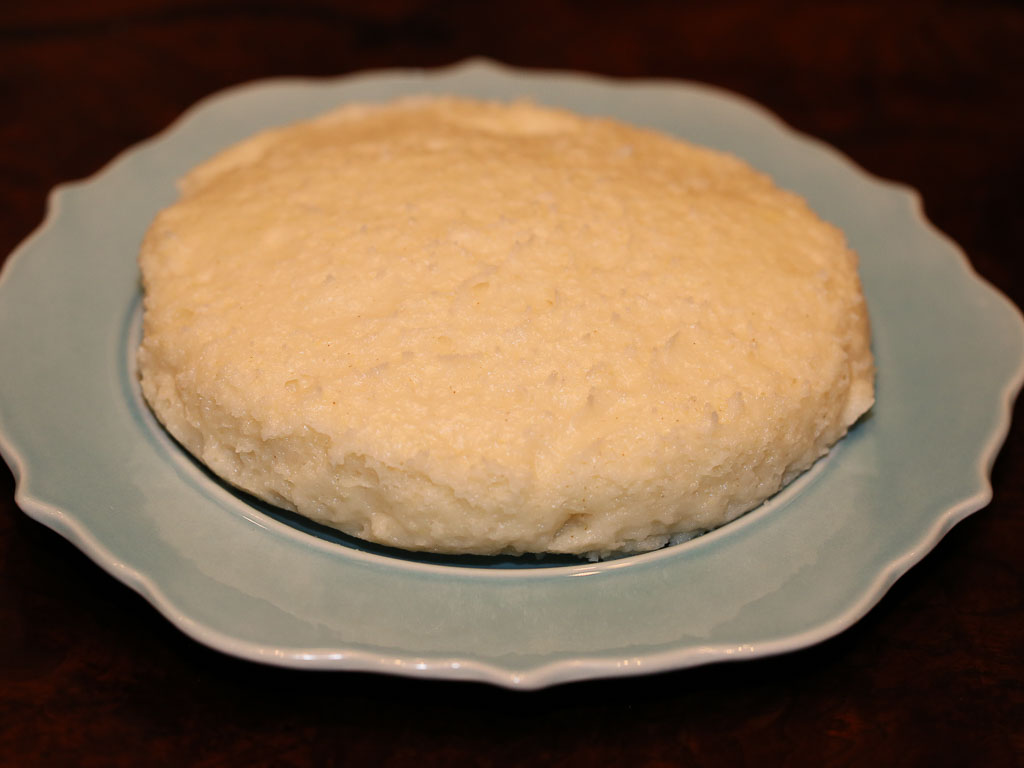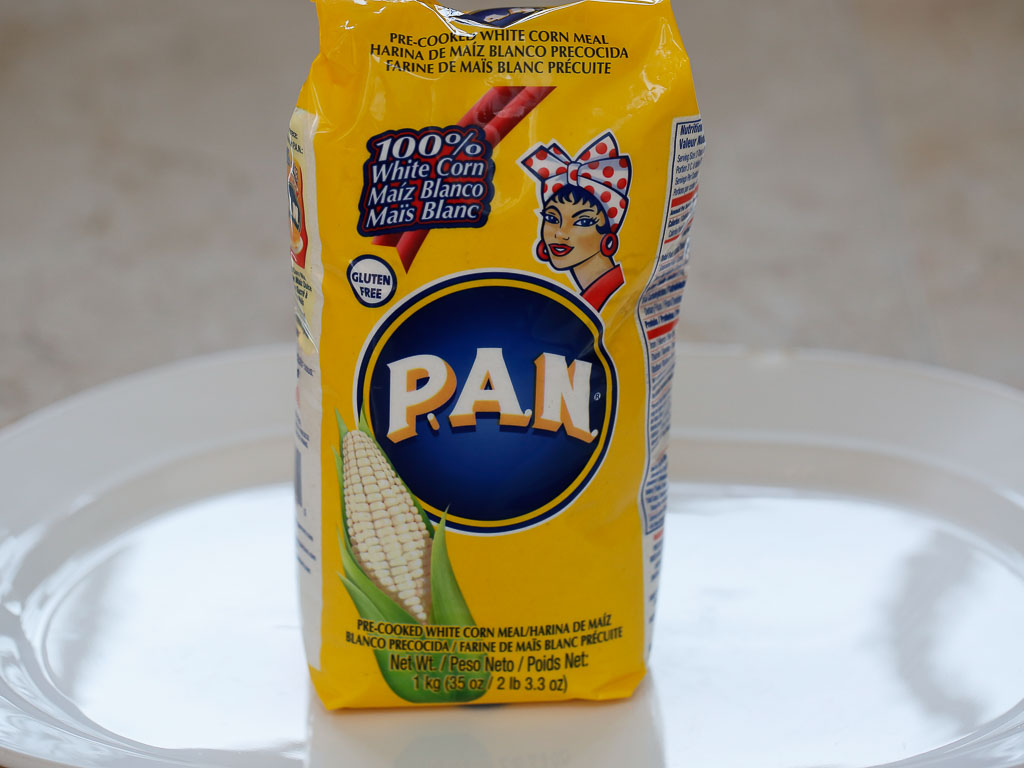
Asida, South Sudanese staple food
Asida, A South Sudan staple diet
Asida is a cooked staple food made from grains, commonly sorghum, red millet, or corn, as shown above. It is eaten with almost every meal, be it meats, stews, fish or vegetables. It is consumed similar to other staple diets such as rice or mashed potatoes. To eat Asida, cut a piece using the Right hand, mold between the fingers, create a dip in the middle, scoop the stew and place into the mouth.
Asida as consumed in Africa
Asida is is consumed throughout Sub-Saharan Africa, where it has many different names. In Uganda it is called Posho, in Swahili language- Ugali, in South Africa – Pap, in Zimbabwe – Sadza, in West Africa – Fufu. Many different grains may be used to make it including Teff, cassava, or plantains. Refined white wheat flour is not appropriate for making Asida. The high content of gluten in wheat flour makes the Asida too sticky.
Tips for making Asida
Asida appears to be simple, but getting this meal perfect requires years of practice. As any lady growing up in South Sudan can attest, girls start cooking it at age 12, and not after 3-4 years do their parents trust them to cook it for guests. The various problems are: the Asida can become too lumpy, too watery, too hard, undercooked, or burnt. My tips for a perfect Asida are: 1) First make a porridge, and after it has boiled add flour while mixing rapidly. 2) Use a stainless steel or a cast iron pot. Aluminum pots are thin and lead to burning at the bottom. 3) You need a constant amount of high heat. The easiest flour to make Asida is white corn meal, as pictured below. I present a recipe, easy for beginners, to make Asida.

White corn meal for cooking Asida.

